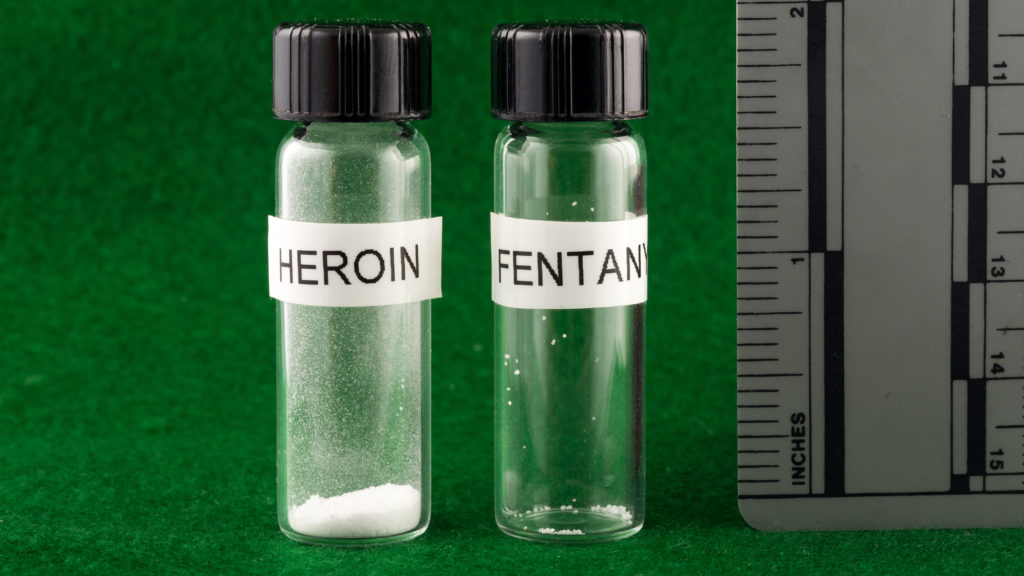I read it, and did not see if there is a "standard prescription" definition that I might have missed.
The article talks about 640mg per capita in the US in 2015. To have a perspective, I recall that after a major surgery, I was given a prescription of 60 pills of Oxycodone, each of 5 mg. The instruction was to take 1-2 pills every 4 hours as necessary for pain. No refills.
So, that's 300mg prescribed total for that surgery incidence. How much is that compared to the "standard prescription", or what given to long-term users?
By the way, I ended up using only about 1/2 of that prescription, or about 30 pills total during recovery.
PS. From the 640mg per capita and the 70 prescriptions per 100 persons, that works out to 914 mg per prescription, whatever that is for 30 days or per surgery or palliative incidence.
We still do not know the percentage of people who need this on a routine basis, which I am curious to know. It cannot be very high, meaning only a few percentage of people need this, and they need a lot.



